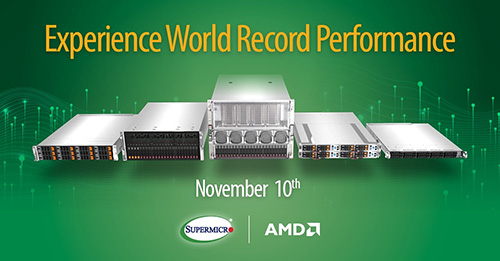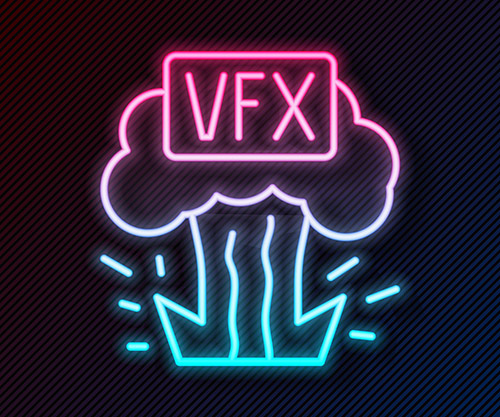Cloud infrastructure sales are booming. Most supply-chain managers don’t have an AI strategy yet. VR/AR is making a surprising comeback. And nearly half of U.S. adults use GenAI tools.
That’s some of the latest from leading IT market watchers, survey organizations and analysts. And here’s your research roundup.
Cloud Infrastructure Booming
The market for cloud infrastructure services is robust, with global sales hitting $90.9 billion in this year’s first quarter, a year-on-year rise of 21%, finds market watcher Canalys.
What’s behind the boom? AI, mostly. Canalys says enterprises realize that to deploy AI applications, they first need to strengthen their cloud power.
Also, cloud providers are working to lower the cost of AI usage, in part by investing in infrastructure. In the year’s first quarter, the big three cloud-service providers—AWS, Microsoft Azure and Google Cloud—collectively increased their spending on cloud infrastructure by 24%, according to Canalys.
Few Supply Chains Have AI Strategies
While AI has the potential to transform supply chains, fewer than one in four supply-chain leaders (23%) have a formal AI strategy in place. So finds a new survey by research firm Gartner.
And that’s a problem, says Gartner researcher Benjamin Jury. “Without a structured approach,” he warns, “organizations risk creating inefficient systems that struggle to scale and adapt to evolving business demands.”
The Gartner survey was conducted earlier this year. It reached 120 supply-chain leaders who have deployed AI in their organizations within the last year.
How can supply-chain leaders do better with AI? Gartner recommends three moves:
- Develop a formal supply-chain AI strategy. It should be both defined and documented.
- Adopt a Run-Grow-Transform framework. By implementing projects in all three states, organizations can better allocate resources and deliver quick results.
- Invest in AI-ready infrastructure. Do this in collaboration with the CIO and other executives.
Virtual Reality’s Comeback
Remember all the excitement about virtual and augmented reality? It’s back.
The global market for AR/VR headsets rebounded in this year’s first quarter, with unit shipments rising 18% year-on-year, according to research firm IDC.
Meta, which changed its name from Facebook in 2021 to reflect the shift, now leads the AR/VR business with a 51% market share, IDC finds.
What’s behind the VR comeback? “The market is clearly shifting toward more immersive and versatile experiences,” offers Jitesh Ubrani, an IDC research manager.
Ubrani and colleagues expect even bigger gains ahead. IDC predicts global sales of AR/VR headsets will more than double by 2026, rising from about 5 million units this year to more than 10 million units next year.
IDC also expects the market to shift away from AR and VR and instead toward mixed reality (MR) and extended reality (ER). MR appeals mainly to gamers and consumers. ER will be used for gaming, too, but it should also power smart glasses, enabling AI to assist tasks such as identifying objects in photos and providing instant language translations.
IDC predicts smart glasses will enjoy wide appeal among consumers and businesses alike. Just last week, Meta and sunglasses maker Oakley announced what they call Performance AI glasses, featuring a built-in camera and open-ear speakers.
Do You Use GenAI?
The chances either way are almost even. More than one in four U.S. adults (44%) do use Generative AI tools such as ChatGPT at least sometimes. But over half (56%) never use these tools or only rarely.
Similarly, U.S. adults are split on whether AI will make life better or worse: 42% believe AI will make their lives somewhat or much worse, while a very close 44% think AI will make their lives somewhat or much better.
These findings come from a new NBC News poll. Powered by Survey Monkey, the poll was conducted from May 30 to June 10, and it received responses from more than 19,400 U.S. adults.
Respondents were also evenly split when asked about the role of AI in schools. Slightly over half the respondents (53%) said integrating AI tools in the classroom would prepare students for the future. Conversely, nearly as many (47%) said they favor prohibiting AI in the classroom.
The NBC survey found that attitudes toward AI were unaffected by political leanings. The pollsters asked respondents whether they were Republicans, Democrats or Independents. Differences in responses by political leaning were mostly within the poll’s overall margin of error, which NBC News put at plus or minus 2.1%.












